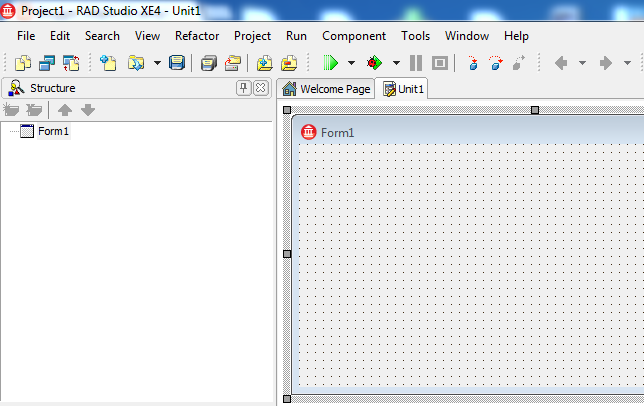Reports Fast Report Delphi Example
unit Main; interface {$I CompVer.inc} uses {$IFDEF D6H} Variants, {$ENDIF} Windows, Messages, SysUtils, Classes, Graphics, Controls, Forms, Dialogs, StdCtrls, ExtCtrls, DBCtrls, Grids, DBGrids, DB, ABSMain, frxClass, frxDBSet; const DataBaseFileName: String = '..\..\Data\Demos.abs'; type TForm1 = class (TForm) dbDemos: TABSDatabase; ABSTable1: TABSTable; DataSource1: TDataSource; DBGrid1: TDBGrid; DBNavigator1: TDBNavigator; Button1: TButton; frxDBDataset1: TfrxDBDataset; GroupBox1: TGroupBox; Label1: TLabel; frxReport1: TfrxReport; procedure FormCreate(Sender: TObject); procedure Button1Click(Sender: TObject); private { Private declarations } public { Public declarations } end ; var Form1: TForm1; implementation {$R *.dfm} procedure TForm1.FormCreate(Sender: TObject); begin dbDemos.DatabaseFileName := ExtractFilePath(Application.ExeName) + DataBaseFileName; ABSTable1.Open...
